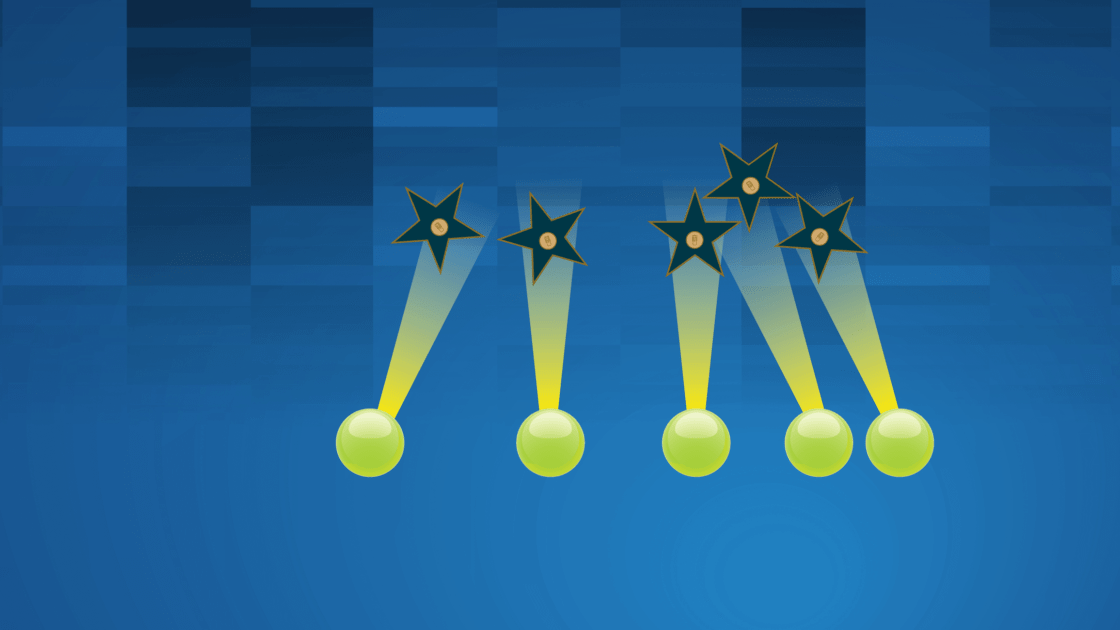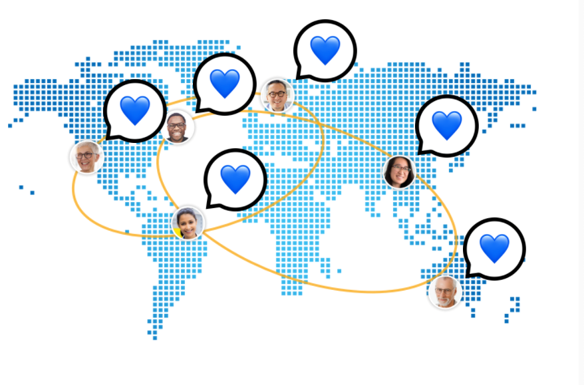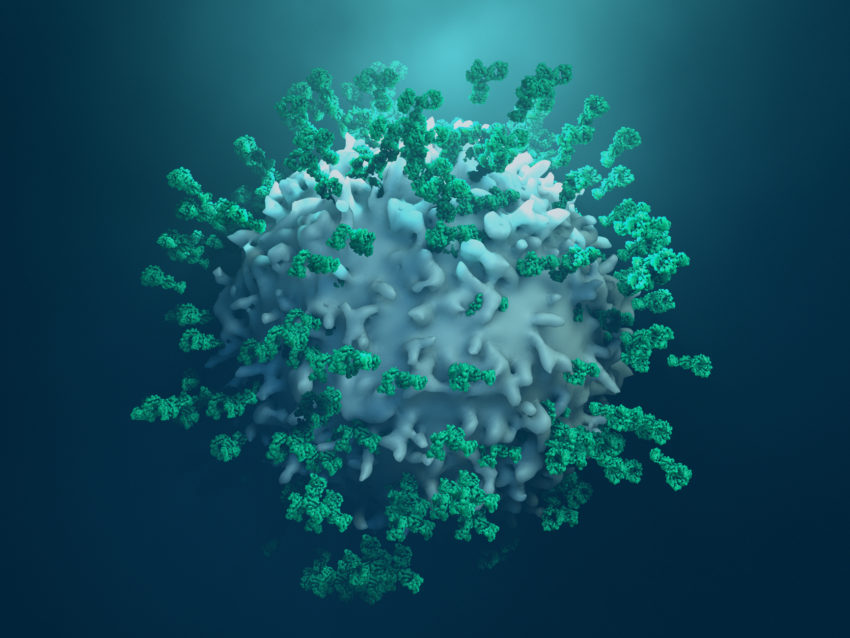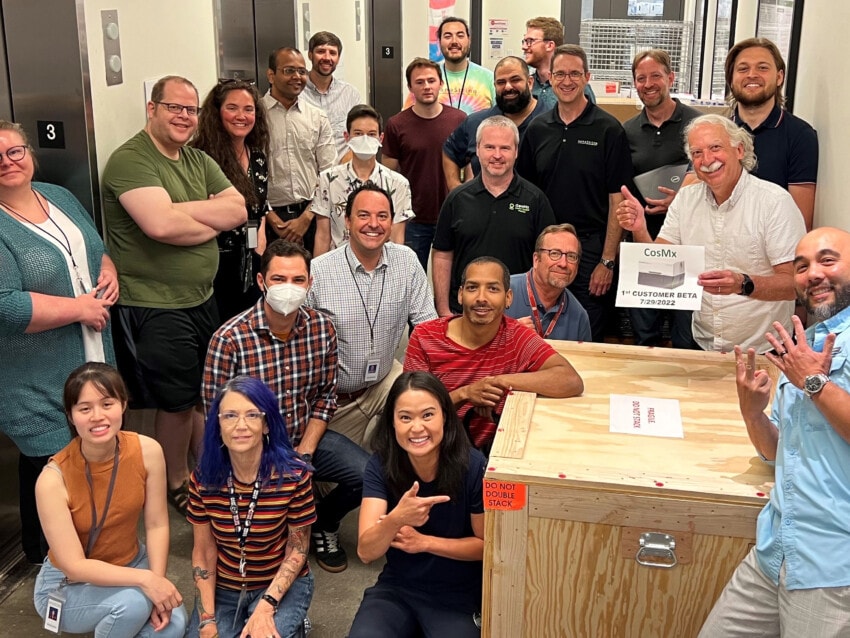
Discover the New Platform for Analyzing Gene Expression Profiles
ROSALIND is a cloud-based genomics and gene expression analysis platform. Recently NanoString® has announced its partnership with its provider OnRamp Bioinformatics, to integrate our knowledge and expertise into an optimized analysis experience for nCounter with the ROSALIND® Analysis Platform. ROSALIND, named after pioneering scientist Rosalind Franklin, is an intuitive platform designed for life scientists who can now process nCounter RCC files directly or start from a collection of experiments exported from nSolver.
We talk to Jean Lozach, Chief Scientific Officer (CSO) at OnRamp, about the challenges that biologists face in their research and how ROSALIND is set out to help.
NS: What is OnRamp Bioinformatics and how long have you been in business?
JL: OnRamp was started about seven years ago to provide hardware and software solutions for bioinformatics teams. Over time, OnRamp shifted its focus to a discovery and collaboration SAAS (software as a solution) platform that empowers biologists to analyze, interpret, and collaborate on their genomic data.
NS: What is your background and how did you become involved with OnRamp?
JL: My background is actually in informatics and electronics. I worked in the automotive and aerospace industries prior to coming to San Diego about twenty years ago. I became interested in bioinformatics at UCSD just as the genomic revolution was beginning with microarrays. I began working in gene expression and epigenetics and after six years at UCSD, I joined Illumina.
At the time, Illumina was a small company of 250-300 people, before the NGS (Next Generation Sequencing) adventure started. I was fortunate to not just witness the NGS explosion but to participate in it—it was an amazing experience.
In 2017, I wanted to move to a smaller organization and have that start-up feel again where we could focus on developing tools for biologists and researchers. I contacted Tim Wesselman, the founder and CEO of OnRamp. We had known each other for over a decade and he was looking to expand his team. A few weeks later, I started as the Chief Scientific Officer at OnRamp.
NS: What is ROSALIND and what does it do?
JL: ROSALIND is our discovery and collaboration platform, named in honor of the pioneering researcher Rosalind Franklin. When the field of genomics began to explode, everyone started to use NGS in their research. However, the number of trained bioinformaticians did not grow in proportion to those needs, creating an analysis bottleneck.
People generate a lot of data and then get stuck, waiting for bioinformatics analysis. One example is a small organization without access to a bioinformatician where the researcher relies on collaborations, favors from friends, or trying to learn to do the analysis themselves in order to get the work done. Then there are larger organizations that you might assume have a large bioinformatics team to handle all the requests. But that’s not the case either, because there are still too few bioinformaticians and they are struggling to manage all the requests made of them. Either way, people are waiting weeks, even months, to get their data analyzed.
Our goal was to find a solution to this bottleneck. What if we could create a way to help the biologist do the preliminary analysis on their own, lightening the load on the bioinformatician? That would allow the biologist more control over their experiments and the bioinformatician can focus on the more complex issues that require their expertise. The goal of ROSALIND is to help balance the workload to the benefit of all involved.
Not Only an NGS Analysis Tool, but a Gene Expression Profiling Tool, Too
NS: You mentioned that ROSALIND was started as a tool to help researchers doing NGS. Was it also considered for gene expression data from other analysis platforms?
JL: While we were set up for NGS, we built-in flexibility around the starting point including microarray data. The platform was built to support more than one type of technology and not exclude others. ROSALIND is intended to handle both genomic and proteomic data. Obviously, the multi-omics aspect is becoming increasingly important as people use combinations of assays and technologies in their research and then need a way to make sense of all the results.
The best way to do that is to have all the data in the same location. The data sets can be quite large and putting the information in different locations (files, spreadsheets, servers, etc.) limits the ability to derive correlations across all the data sets. ROSALIND takes advantage of cloud computing services to house the data in a secure site that can be accessed by all the collaborators.
NS: What are the biggest bioinformatics challenges facing biological researchers and how does ROSALIND help with them?
JL: The biggest challenge is definitely the analysis step. The second challenge is collaboration and data integrity. These data sets are large and not easy to exchange. People have parsed the data out to multiple team members to work on and then everyone has different data sets, different analysis steps, even different files and formats for saving data. Then those data need to be merged back together and it introduces the potential for error so having the data in one repository with traceable analysis steps is key.
ROSALIND helps resolve these data management issues and analysis issues by providing a cloud-based platform with an intuitive user interface. The researcher doesn’t need IT support or bioinformatics experience to get started on their analysis—you don’t even need to install software on your computer. And because it’s a cloud-based solution, you can work from your computer or tablet—there’s a lot of flexibility.
The interface is intuitive and easy to use; it was amazing how much progress researchers are able to make with very little technical support, starting from raw data and finishing all the way to full interpretation. It also facilitates real-time collaboration so that multiple groups can run different experiments on the same data sets without interfering with each other. The results and the audit trail (so you know who did what and when) are all saved in one place.

NS: What makes ROSALIND different from other data analysis options?
JL: The main thing is that ROSALIND was designed for biologists from day one. Very often the analysis tools that are created for bioinformaticians have many more options and customizations than most biologists typically need or want to deal with. ROSALIND is streamlined to help the biologist get past the analysis bottleneck and on to interpreting results. Of course, the biologist has the option of getting more in-depth with the analytical tools but we have found that most people are less interested in using those features.
ROSALIND is also great for multi-omic analysis, something most other tools don’t do. We’ve tried to create a platform that can cover 90% of the researchers’ needs. The goal is not to replace the bioinformatician but to facilitate collaboration by empowering the biologist to be more independent and freeing up the bioinformatician to tackle the more challenging questions.
NS: Why did OnRamp choose to partner with NanoString?
JL: It started as a request from a customer with a nCounter system who saw the gene analysis we were doing on the NGS side and wanted to apply it to their gene expression data. nCounter is great because it’s a benchtop instrument that biologists can use quickly and easily. More importantly, the different panels help provide focus and flexibility to experimental design.
After some discussion with NanoString, we realized we could bring something new and valuable to other users. Partnering with NanoString makes it faster and easier for more people to apply bioinformatics analysis to their data. In the end, we have the same goal—fast and reliable data analysis to accelerate research.
NS: What is included in the ROSALIND offering for nCounter customers?
JL: ROSALIND offers equivalent gene expression profiling and results to nSolver and its Advanced Analysis package, albeit presented in different formats. The same experiments run side-by-side will yield the same results. What is different are the collaboration and data sharing features that ROSALIND provides. In addition, the interface is easy to use and the analysis can be completed in 7-8 minutes. ROSALIND also presents quality control (QC) data differently and will warn the user of potential quality issues that may adversely impact their results.
NS: How do ROSALIND users incorporate nCounter data into their Contract Research Organization (CRO) or pharma research practices?
JL: These are very different scenarios from typical research. In these cases, CROs and pharma rely more heavily on the QC data as it is critically important to their customers. CROs now have additional bioinformatic analysis options to add to the list of billable services they provide. Pharma and biotech companies appreciate the integration of the analysis steps into their workflow. ROSALIND can also serve as a standard or control when benchmarking new technologies or trying new experiments.
NS: What type of feedback do you hear from first-time users?
JL: People continue to be surprised by how easy it is to set up an analysis of their data. The second thing that shocks them is the speed of processing and time to results, usually within a few minutes. Remember, they are used to passing off the data to someone else, waiting for results, then asking follow-up questions—it’s a whole lot of back-and-forth that can go on for days or weeks.
ROSALIND lets the scientist interpret results quickly and then immediately begin to explore the next steps of their research projects. We’ve also invested a lot of time and care into the QC functions; people find out quickly if there’s an issue with the data instead of wasting weeks or months working with bad data.
NS: How can a nCounter customer get a ROSALIND account?
JP: Easy! They can go to the OnRamp website to register for free access. There’s a Quick Start Guide, some simple instructions, and from there they can just upload the RCC file(s) and get started. The options to analyze data within an experiment are available with a free account. The meta-analysis features that provide the ability to look across multiple experiments, however, are a premium feature that requires a subscription.
NS: Where do you see this partnership with NanoString going and what features are you planning for the future of ROSALIND?
JP: We are very excited about this partnership and the ability to accelerate research by relieving the bioinformatics bottleneck. As for the future, our plans are often shaped by customer feedback. We want to respond to what scientists are doing, not dictate workflows to them. I am constantly impressed by the novel and innovative experiments that scientists create and we want to continue to be a part of their solutions.
For Research Use Only. Not for use in Diagnostic Procedures.




